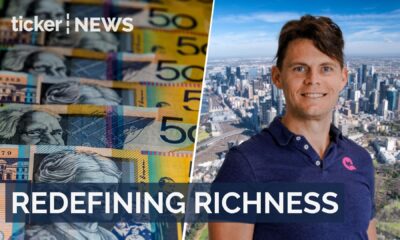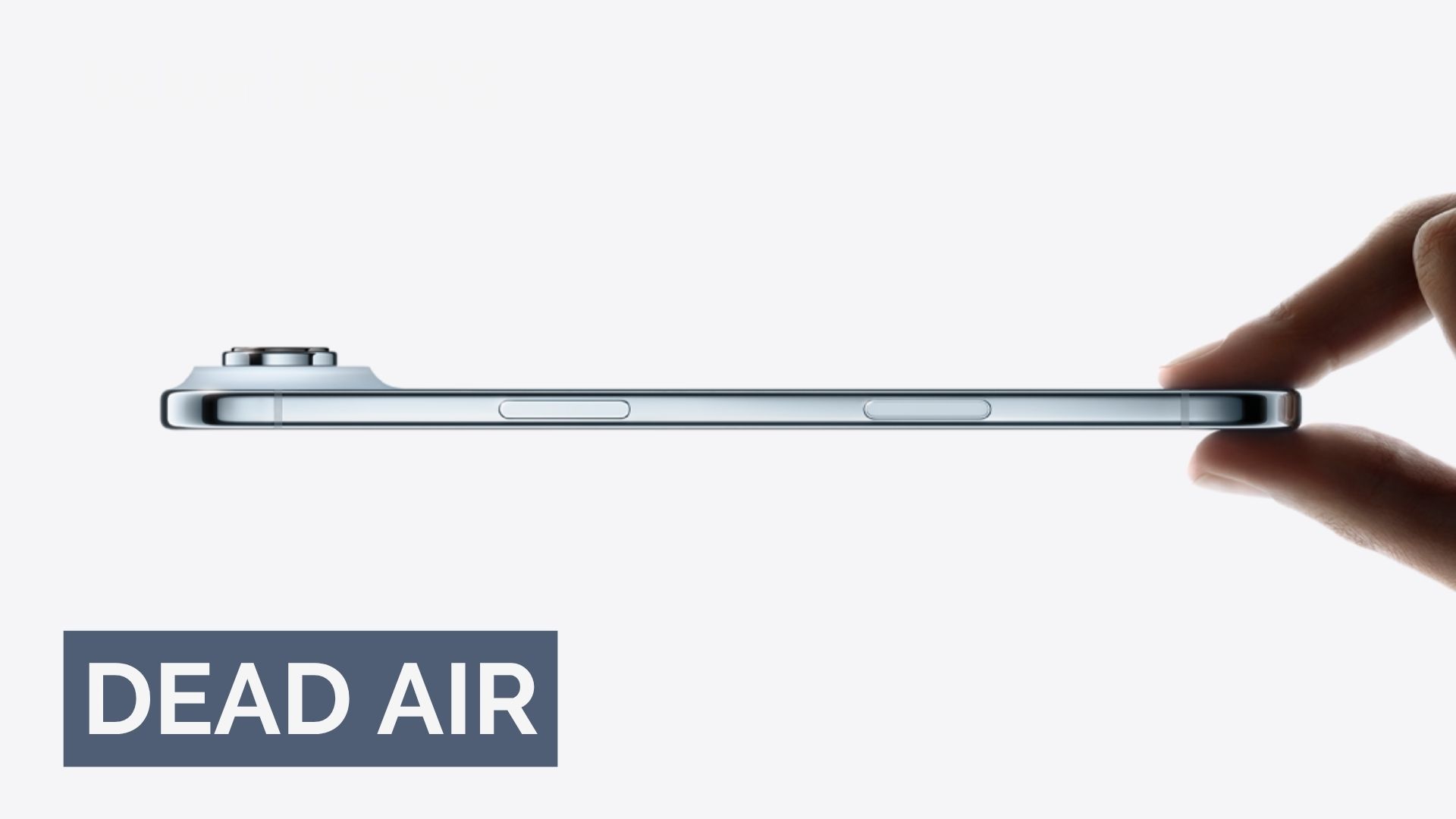Tech
Australian government amends vehicle emissions standards amid backlash


Tech
OpenAI releases GPT-5.1 with enhanced conversational features
OpenAI launches GPT-5.1, enhancing ChatGPT with personality controls and improved conversational abilities for paid users
Tech
Apple postpones iPhone Air sequel due to poor sales
Apple delays iPhone Air 2 indefinitely after lacklustre sales of first model
Tech
Tech giants’ $47 billion AI infrastructure deals announced
Tech giants commit $47.7 billion to AI deals as demand for computing power soars and market diverges
-



 Shows1 day ago
Shows1 day agoKnowing when to walk away in real estate deals
-



 Shows4 days ago
Shows4 days agoExecutives shape cybersecurity culture through visible leadership
-



 News1 day ago
News1 day agoTrump-Xi APEC talks stir Taiwan concerns
-



 News1 day ago
News1 day agoAustralia’s top-selling ute is finally going electric
-



 News1 day ago
News1 day agoAre Australia’s streaming rules going too far?
-



 Ticker Views5 days ago
Ticker Views5 days ago‘High-impact sabotage’: spy chief issues grave warning about espionage and sabotage threat
-



 News4 days ago
News4 days agoUS government reopens amid unresolved political divisions
-



 Leaders7 hours ago
Leaders7 hours agoWealth building requires discipline over chasing returns












